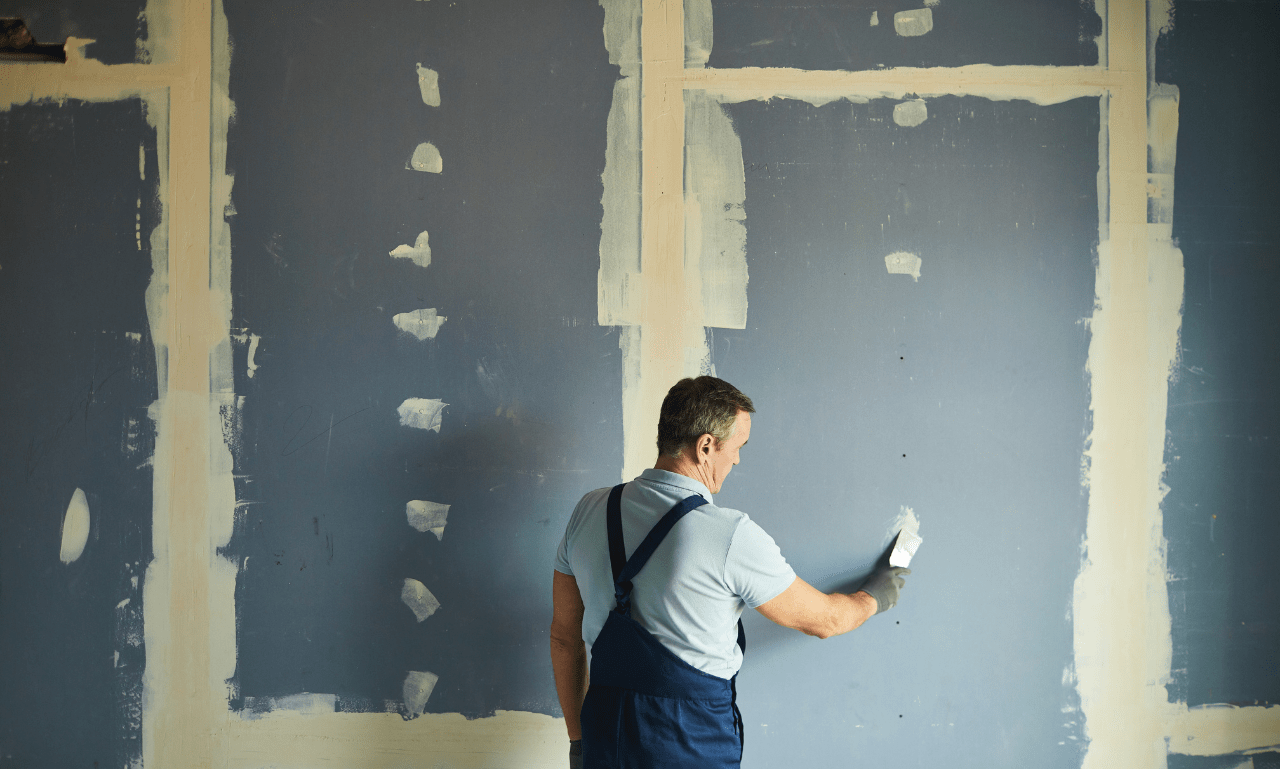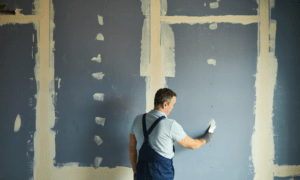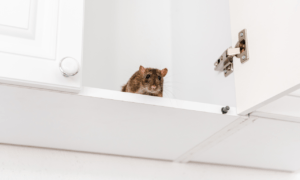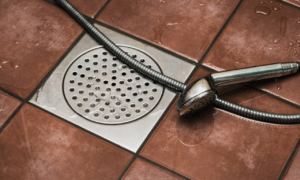Introduction
Drywall, a common building material, often raises questions about its safety when it comes to disposal. In this article, we’ll delve into the specifics of drywall composition and whether burning it is a viable option.
Understanding Drywall and Its Composition
Drywall, also known as gypsum board or sheetrock, consists of a gypsum core sandwiched between two paper layers. It’s used extensively in construction for its ease of installation and cost-effectiveness. However, its composition raises concerns when it comes to burning, as it can release harmful substances into the environment.
The Safety Concern: Can You Burn Drywall?
Burning drywall is not recommended due to several reasons. First, the paper layers contain chemicals that can release toxins when burned. These chemicals, such as sulfur and chlorine compounds, can pose health risks when inhaled. Moreover, the gypsum core is a poor fuel source, making it inefficient for combustion.
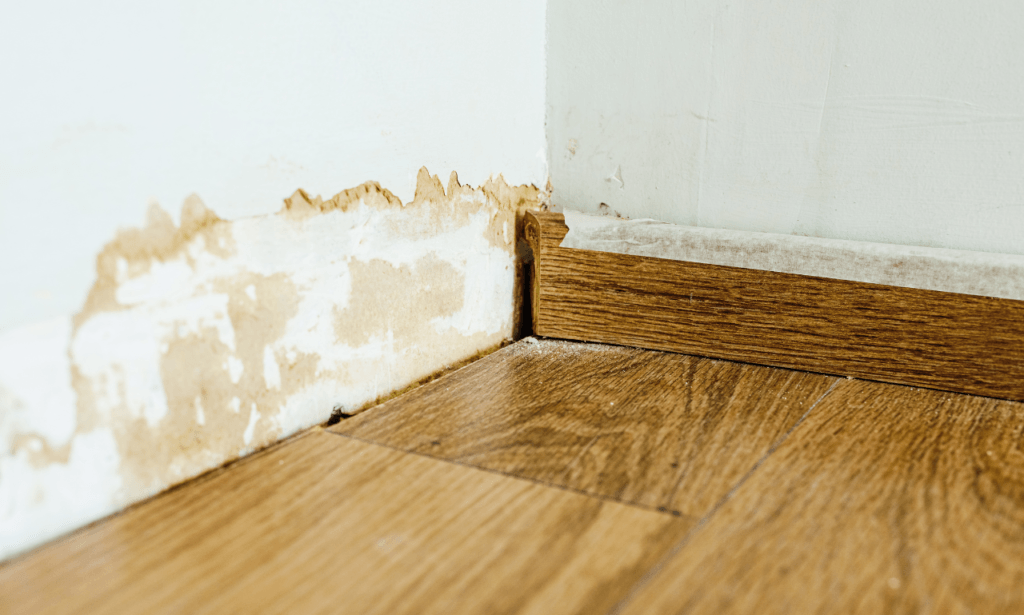
What Is Drywall Made Of?
To understand the risks associated with burning drywall, it’s essential to grasp the components that make up this construction material.
Exploring the Components of Drywall
Drywall consists of three primary components: gypsum, paper, and additives. Gypsum, the core material, is a naturally occurring mineral composed of calcium sulfate. The paper layers on the exterior provide structural integrity and a smooth surface for finishing. Additives, including fire retardants and mold inhibitors, enhance drywall’s performance.
Key Chemicals Present in Drywall
Two key chemicals found in drywall are calcium sulfate dihydrate (gypsum) and cellulose from the paper layers. While gypsum is not inherently hazardous, burning it can release sulfur dioxide (SO2), a harmful gas that can irritate the respiratory system. Cellulose, when burned, produces carbon dioxide and water vapor but can also release trace amounts of chlorine gas.
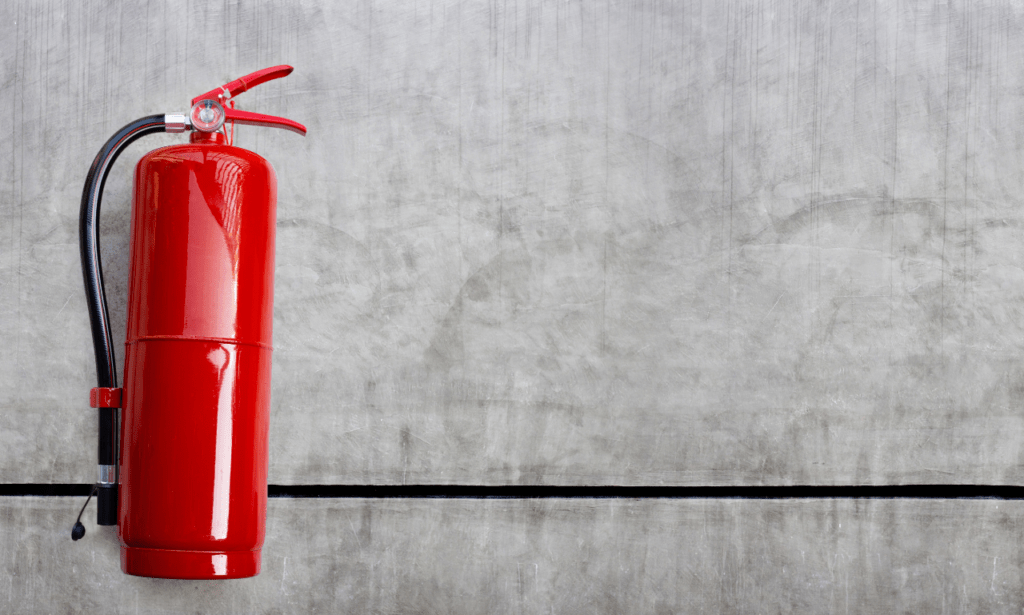
Is Burning Drywall Safe?
Now that we’ve examined drywall’s composition, let’s delve into the safety concerns associated with burning it.
The Dangers of Burning Drywall
Burning drywall is discouraged due to the potential hazards it poses. When drywall burns, it releases sulfur dioxide and small amounts of chlorine gas, both of which can be harmful to human health and the environment. Sulfur dioxide can irritate the eyes, nose, and throat and worsen respiratory conditions like asthma. Chlorine gas, even in small quantities, can cause breathing difficulties and lung damage.
Health Risks Associated with Drywall Combustion
Exposure to the byproducts of burning drywall can lead to short-term and long-term health issues. Short-term effects include respiratory irritation and coughing, while long-term exposure may result in chronic respiratory problems. Additionally, the environmental impacts of burning drywall, such as air pollution and toxic ash residue, raise serious concerns.
This section provides an in-depth look at the dangers associated with burning drywall and the potential health risks involved.

Legal Aspects and Regulations
Understanding the legal aspects and regulations surrounding drywall disposal is crucial to making informed choices about its removal.
Laws and Regulations Regarding Drywall Disposal
Many regions have specific laws and regulations governing the disposal of drywall. These regulations are put in place to protect human health and the environment. Burning drywall is often prohibited due to the potential risks it poses. Violating these regulations can result in fines and legal consequences, making it essential to dispose of drywall responsibly.
Environmental Impact of Burning Drywall
Burning drywall not only poses health risks but also has severe environmental consequences. The release of harmful chemicals into the air contributes to air pollution. Additionally, the ash residue left behind may contain toxins that can leach into the soil and water, affecting ecosystems and potentially harming wildlife.
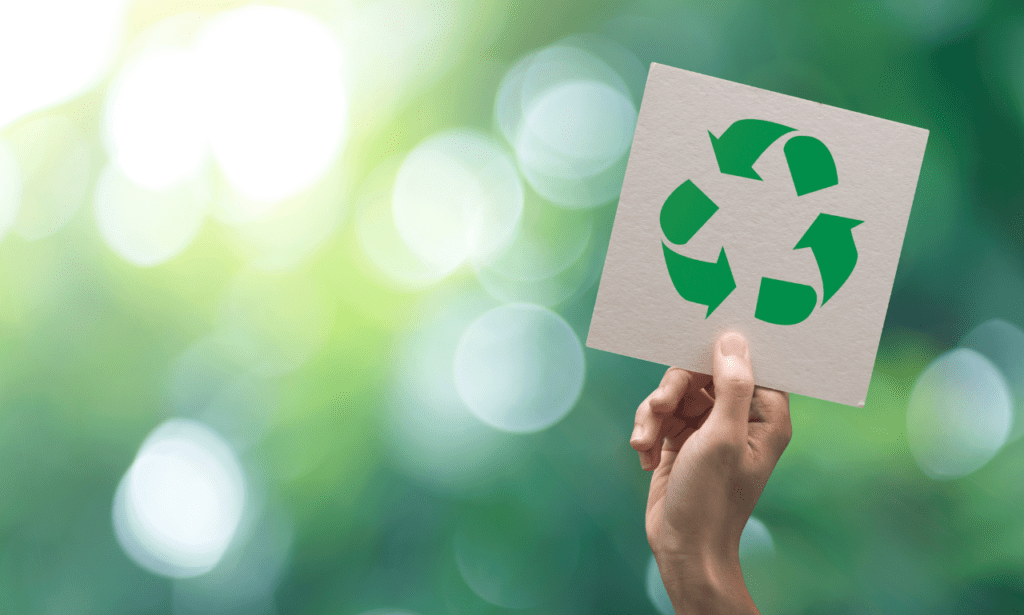
Alternatives to Burning Drywall
Given the risks and legal restrictions associated with burning drywall, it’s essential to explore safer disposal methods.
Safer Methods for Disposing of Drywall
There are alternative methods for drywall disposal that are both safe and environmentally responsible. Recycling drywall is a viable option in many areas, where the gypsum core can be separated from the paper layers and reused. Additionally, some waste disposal facilities accept drywall for proper handling and recycling.
Recycling and Reusing Drywall Materials
Recycling drywall not only reduces the environmental impact but also conserves resources. The recycled gypsum can be used in various applications, including agricultural soil amendments. Reusing drywall materials in construction projects can also minimize waste and contribute to sustainability efforts.

Safe Disposal Practices
This section provides practical guidance on how to safely dispose of drywall while adhering to legal regulations and minimizing the environmental impact.
Step-by-Step Guide to Proper Drywall Disposal
- Contact local authorities: Check with your local waste management or environmental agencies to understand the specific regulations and disposal options available in your area.
- Separate materials: If recycling facilities exist, separate the gypsum core from the paper layers before disposal.
- Use protective gear: If you must handle drywall directly, wear appropriate protective gear, including gloves and a mask.
- Choose recycling: Whenever possible, opt for recycling or disposal methods that adhere to local regulations and minimize harm to the environment.

Common Myths About Burning Drywall
Debunking Misconceptions About Drywall Combustion
In this section, we tackle prevalent misconceptions regarding the safety and feasibility of burning drywall:
Myth 1: Drywall burning is harmless.
Fact: Burning drywall releases harmful chemicals like sulfur dioxide and chlorine compounds, posing health and environmental risks.
Myth 2: Drywall is an efficient fuel source.
Fact: Drywall’s gypsum core is inefficient for combustion, making it an ineffective and polluting choice.
Understanding the Real Risks Involved
Here, we shed light on the genuine hazards tied to burning drywall:
Risk 1: Respiratory problems Burning drywall emits sulfur dioxide, which irritates the respiratory system and worsens conditions like asthma.
Risk 2: Environmental harm Chlorine gas, even in small quantities, can harm ecosystems and wildlife when released into the environment.
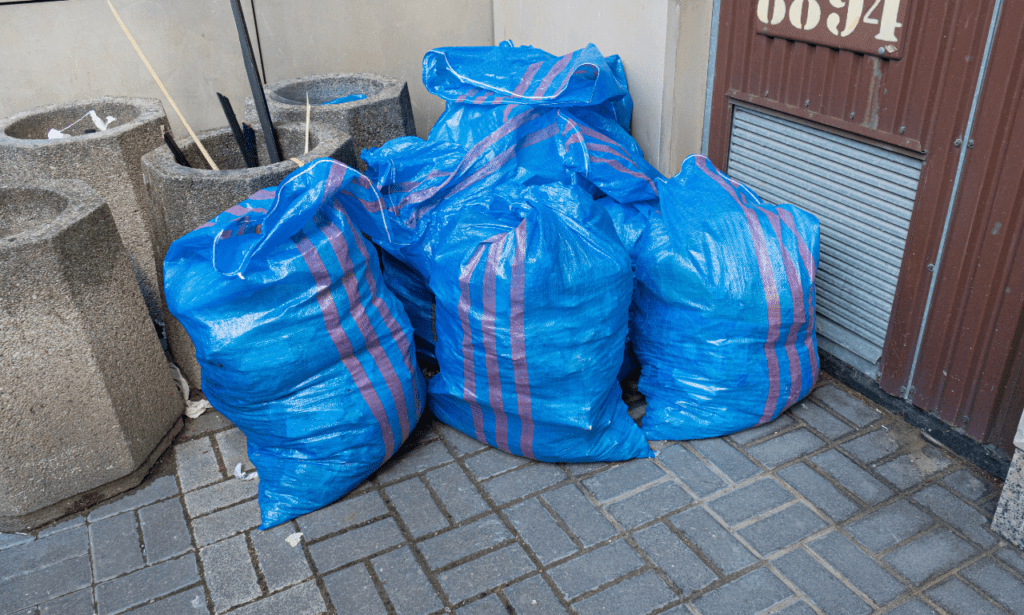
DIY Drywall Removal and Disposal Tips
For those who need to remove drywall as part of a DIY project, this section provides valuable guidance on safe practices.
Safe DIY Practices for Removing and Disposing of Drywall
- Plan ahead: Before starting any drywall removal project, ensure you have the necessary tools and safety equipment, including a respirator mask, gloves, and eye protection.
- Minimize dust: Wet down the drywall to reduce dust and wear a mask to prevent inhaling any particles.
- Double-bagging: When disposing of drywall scraps, double-bag them in heavy-duty trash bags to prevent tearing and minimize dust release.
Protective Gear and Tools for Drywall Removal
This subsection can offer specific recommendations for protective gear and tools needed for safe drywall removal, helping readers prepare adequately for their DIY projects.
Conclusion
In conclusion, it’s crucial to reiterate the key takeaways from our exploration of drywall disposal methods. Burning drywall is unequivocally not a safe or recommended approach. The potential release of harmful chemicals during combustion poses risks to both human health and the environment, making it an unsustainable choice. Instead, we encourage everyone to adopt responsible drywall disposal practices that contribute to a safer and cleaner environment.
The Bottom Line: Can You Burn Drywall or Not?
To put it simply, the answer is no. Burning drywall should never be considered a viable option due to the potential harm it can cause. By adhering to eco-friendly and lawful alternatives, we can all play a part in ensuring our communities remain healthy and our surroundings sustainable.
Responsible Drywall Disposal for a Safer Environment
Responsible drywall disposal is not merely a matter of convenience; it is a crucial component of our collective responsibility to safeguard human health and preserve our precious environment. By choosing the right methods and advocating for environmentally friendly practices, we can make a positive impact today and for generations to come. Let us all commit to a safer and more sustainable tomorrow by disposing of drywall responsibly.
For more home DIY solutions and tips, check out our guide on ‘How to Deal with a Noisy Neighbor’s Generator’ to maintain peace and quiet in your living space.

